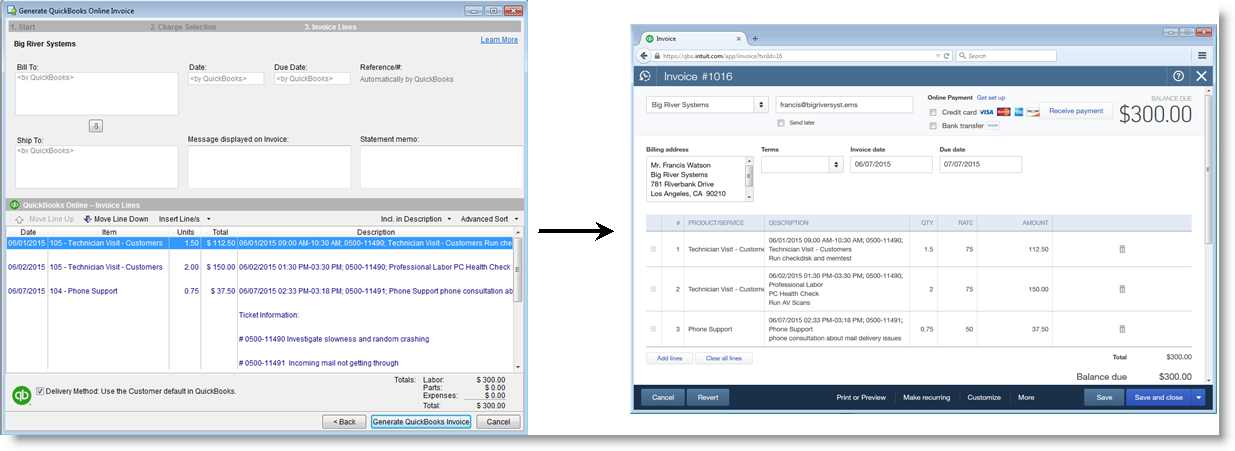
So, in this case, you would have six lines. How you would start working on this? First, you would create as many lines, as you need. You can fill it, as fast, as you work in Excel, you can copy this column, TRNS type usually should be General Journal, you can copy the Date, it should be month/day/year format, and then account. Then for the second entry, I have the first line always TRNS and then I have three split lines and again ENDTRNS line. As you see, I filled the first entry TRNS line and then split line, and then ENDTRNS. The header first three lines you don't change, but each transaction or each General Journal Entry has the first line, as TRNS and then you have one or more split lines and then you have to have ENDTRNS line.įor this file, as here, the final result would look like this. What is the IIF template? It is an Excel file, formatted as an IIF file: it should have a header and different rows.

This file, which you can download and try yourself, has the IIF template. We have some Memo, we have some Name for one of the lines and we have optional class and subclass available as well. This entry has one credit line, one debit line and another entry has two debit lines two credit lines.

We have the Account Name, we have some subaccounts, and we have regular debit and credit lines. They are for the same date but could be for a different date. So, let's take a look at our file, which has two General Journal Entries, and they are separated by entry number. There is also an easier and faster way to create an IIF from your CSV file using a ProperSoft tool - General Journal Entries and will be shown in comparison to the manual approach.Īll documents, shown in this video are available to download, see spreadsheet at IIF files are a great help when you need to import many transactions without manually typing in Quickbooks. You may have a bunch of General Journal Entries as CSV or Excel file created quickly in Excel, or exported from your production system, but Quickbooks will not import it.


 0 kommentar(er)
0 kommentar(er)
